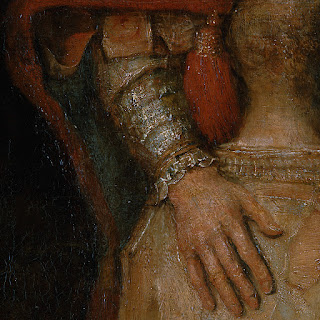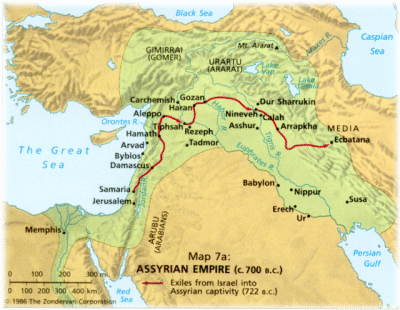Receive the Godhead right into your willing
And it comes down from its cosmic throne.
-Schiller
Following, are a few interesting passages on the will and its training from Friedrich Rittelmeyer's Meditation. He makes the point that before will must come feeling:
"To Thee Divine Ground of the world- I turn my willing! May the power of this willing spring from feeling that unites itself with Christ, Who liveth in Thy Life..."
-Act of Consecration of Man
He continues:
"THE training of the will still languishes for the most part among humanity....
"And yet the increasing number of cases of sickness of the will- weakness of will, want of resolve, feeble vacillation - indicate that something must be done.
"One can work upon the will by asceticism, by breathing exercises, and also by taking certain medicines. These can be a support to the organic foundations of the life of our will. But it is in accordance with the spirit of our time that the will should be built up out of the spiritual centre of the human being, out of the ego. Only so is it fully healthy and enduringly strong. It is certainly a help towards this if one freely gives up certain enjoyments. One will indeed notice how this concentrates and confirms one's will. But it must be a free renunciation, which has something of royalty in it, which can act at any moment, but will not; out of the nature of the spirit. Violence and rules from without easily bring about a damming-up of the will which is not quite healthy and which threatens a relapse.
"It was otherwise in earlier ages when the human ego was still only little developed. Today the only safe renunciation is that which the ego renews at every moment out of its free insight. Such a renunciation is enormously refreshing for the life of the will.
He compares this with the Jesuit exercises:
"We must also reject such training of the will as is offered us in the jesuitical and similar exercises [such as those used by the military].
"It is not denied that they school and strengthen the will in a high degree. They break self-will. But they also break a man's own will. This is quite understandable because of the age in which they arose, and because of the object they were intended to serve.
"But they have no regard for the growing ego and its individual possibilities and tasks. They have no consideration for the ripening freedom in humanity. They do not see the royalty of a will which works out of an ego.
"So they develop, indeed the power of the will formally to a high degree, but at the price of having no free ego there to use this will. They put the man into a uniform. In this uniform he may feel his self to be strong, and believe himself to be something more than he really is. But nothing is more apt to lead humanity away from its goal than a spiritual uniform, at least in our age.
"In the exercises of the Jesuits, occult experiences of humanity are at work still with a thousand year-old power, but they work upon an age that requires something different. They maintain the Middle Ages among us , even when through their pact with Modernism they fascinate many people.
"Besides much else which might be said about them - e.g., that they proclaim us the earthly king instead of Christ as Lord of the higher ego, that they overwhelm men with a whole system of dogma from the past, that they plant much egoism and materialism - this crippling of the free ego, of which alone the will may break forth, is decisive for us.
"If today we bring to men new exercises for the will, much greater care must be taken for the individual value of each several ego. Otherwise there arises a powerful aggregate of will which can be guided by some power or other, but not the fulness of the Godhead which reveals itself in personalities whose egos are free."



_(3309043161).jpg)








